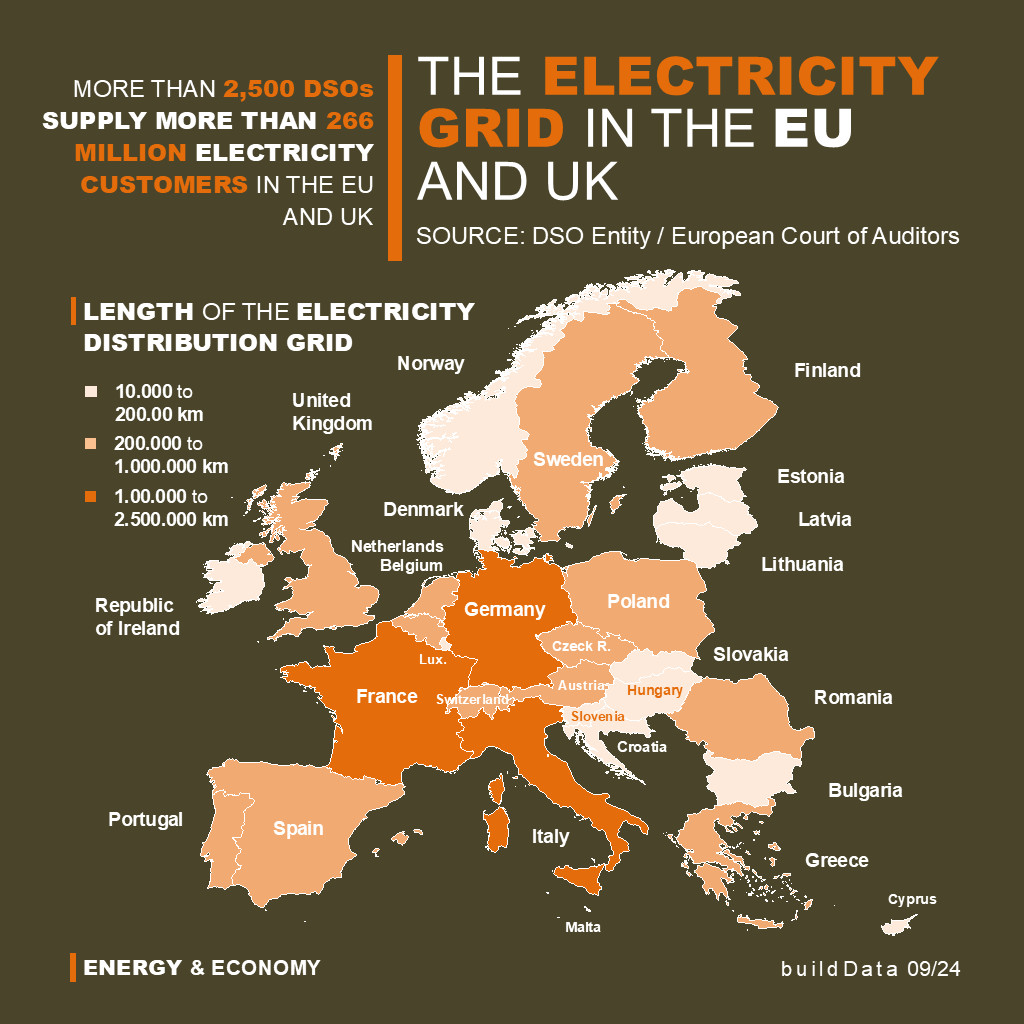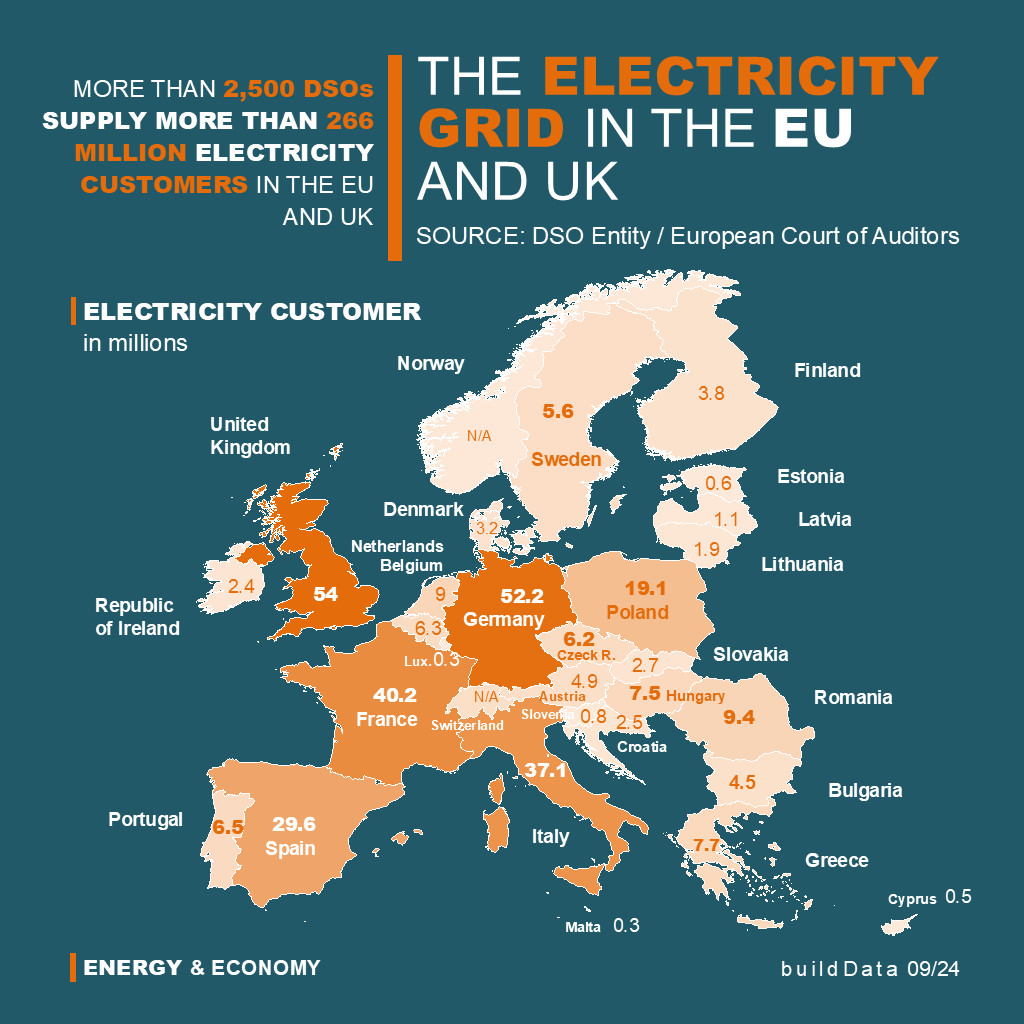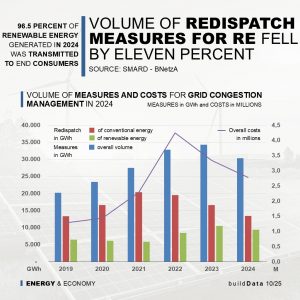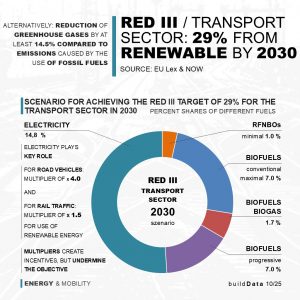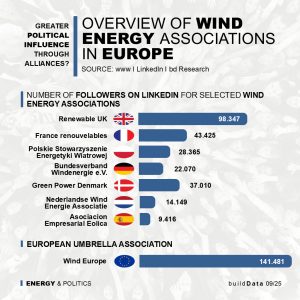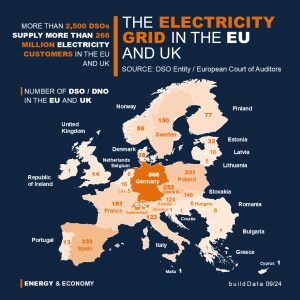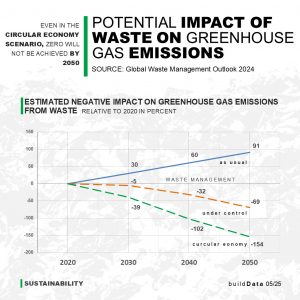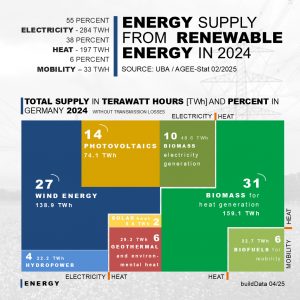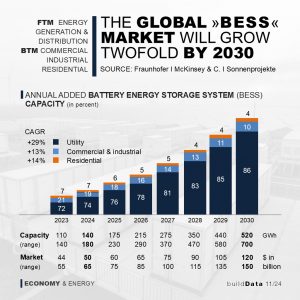
The electricity grid in the EU and UK – stability required
The electricity grid is the most complex and widespread infrastructure in the world. We take it for granted that electricity is available from the socket at all times, evenly and in full. Ensuring that this remains the case even in times of energy transition within the EU is a major challenge and a billion-euro investment for the 2,500 DSOs and 30 TSOs.
The electricity grid within the European Union is over 11.5 million kilometres long (282 times around the earth) and supplies over 266 million customers (households and businesses) in 27 countries and EU regions. It connects large cities with the most remote regions and is probably the most important basis for economic power and prosperity for people. Without electricity, nothing works today.
With the European Union's decision to achieve climate neutrality, i.e. net zero greenhouse gas emissions, in the EU by 2050, the electricity grid is under enormous pressure. This is because, with the energy transition to net zero, the share of electricity from renewable energy sources such as solar and wind is steadily increasing. By 2030, 45% of energy consumption is to be generated from renewable energies. Wind and solar energy (the main components of the renewable energy mix) are so-called fluctuating or volatile energy sources because their energy production is heavily dependent on the availability of natural conditions such as time of day, season and weather conditions.
The volatility of these energy sources contrasts with a highly sensitive and complex transmission and distribution network, which is designed to provide end customers with a constant and stable supply of electricity at all times. Electricity is a transient resource. It must therefore be consumed or stored as soon as it is generated. This means that grid operators must constantly strike a perfect balance between supply and demand.
This is a complex task in itself, and in the past, stable energy sources such as coal and nuclear power plants acted as stabilisers.
In short, the existing electricity grid infrastructure is designed for stable, non-volatile energy sources and must be repaired, expanded, modernised and equipped with new innovative technologies for a net-zero future.
The Commission estimates that between €1,994 billion and €2,294 billion will need to be invested between 2024 and 2050 to get the EU electricity grid fit for purpose and keep it running. These figures are forecasts and difficult to pin down more precisely, especially as the electricity market is subject to dynamic trends.
It is currently assumed that the share of electricity in final energy consumption within the EU will increase 2.5-fold from 23 percent to around 57 percent (2050) and that the share of renewable energies will increase 2.2-fold from the current 42 percent to around 90 percent by 2040. The share of electric passenger cars within the EU will be around 17 percent in 2030, around 58 percent in 2040 and around 80 percent in 2050 (factor 46). The volume of large-scale battery storage will increase from around 0.6 GW at present to around 200 GW (a factor of 333).
However, these developments are not evenly distributed across the EU's electricity grid. There are already major differences in the pace of development because the basic conditions and framework conditions vary from country to country. A simple example of this is the introduction of so-called smart meters. While in Scandinavian countries such as Denmark, Sweden and Finland, but also in Italy, for example, every electricity customer has a smart meter (100 percent), only 27 percent of customers in Poland and less than one percent in Germany have one.
To better understand the complex transformation of the European electricity grid, it is advisable to first familiarise yourself with the basic data and then analyse the trends and forecasts. A good basic read is Analysis 01 by the European Court of Auditors entitled ‘Making the EU electricity grid fit for net-zero emissions’ (2025), which is available in English and German and can be easily found in the links below.

